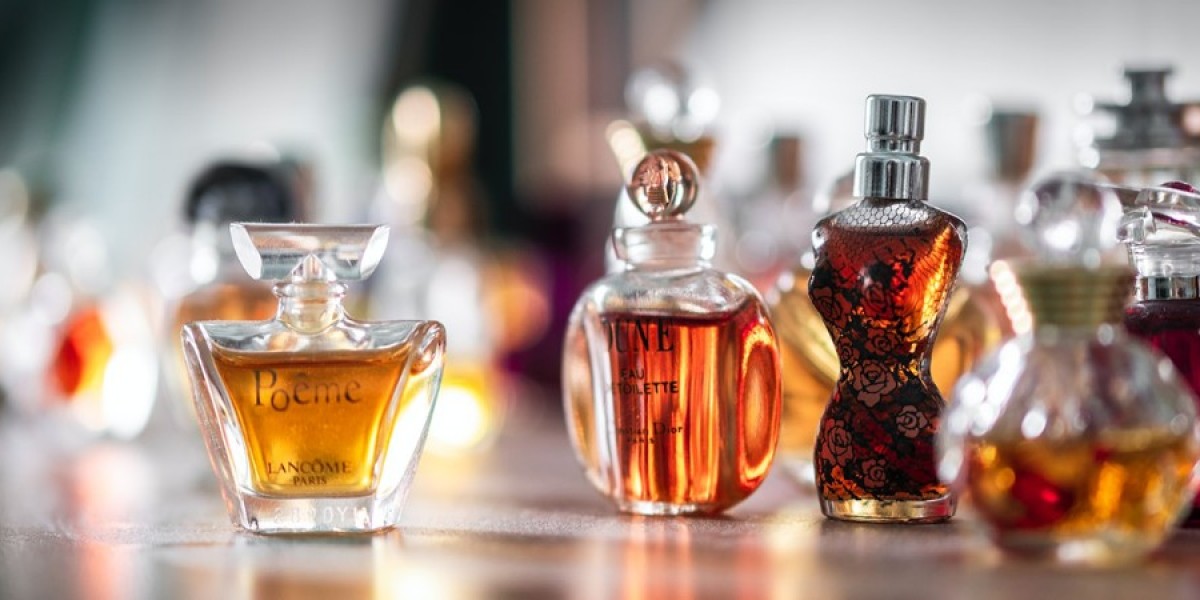A Fragrant History:
The history of perfume dates back to ancient civilizations, where aromatic herbs, spices, and oils were used for religious ceremonies and personal adornment. The Egyptians, renowned for their love of luxury and beauty, were pioneers in the art of perfumery. They created intricate blends using ingredients like myrrh, frankincense, and cinnamon, stored in ornate containers.
The art of perfumery continued to flourish in ancient Greece and Rome, where the use of fragrances became intertwined with daily life. The popularity of perfumes spread across Europe during the Middle Ages, with the creation of scented gloves and pomanders to mask unpleasant odors.
The Renaissance marked a resurgence in the appreciation of fragrance, and the 17th century saw the establishment of the first modern perfume industry in Grasse, France. Grasse, with its ideal climate and soil conditions, became the perfume capital of the world and remains a significant player in the industry today.
The Perfumer's Craft:
Crafting a fine perfume is a meticulous process that involves the expertise of a perfumer, an individual with a keen sense of smell and a deep understanding of fragrance composition. Perfumers work with a vast palette of natural and synthetic ingredients, carefully combining them to create a harmonious blend that unfolds in layers.
The top notes, perceived immediately upon application, create the first impression. The heart notes emerge as the top notes dissipate, providing the core of the fragrance. Finally, the base notes linger, leaving a lasting impression. The balance of these notes is crucial in achieving a well-rounded and enduring perfume.
Perfume Classification:
Perfumes are classified into various categories based on their concentration of aromatic compounds. Eau de Cologne, Eau de Toilette, and Eau de Parfum differ in their fragrance intensity, with Eau de Parfum containing a higher concentration of essential oils and lasting longer on the skin.
Choosing the Right Perfume:
Selecting the perfect perfume involves understanding personal preferences, body chemistry, and the occasion. Fragrances can be floral, oriental, woody, or fresh, each category catering to diverse tastes and moods. Exploring and experimenting with different scents allows individuals to find the perfume that resonates with their unique identity.
Conclusion:
Perfume is more than just a scented liquid in a beautiful bottle; it is a form of self-expression, a journey through time and culture. From ancient rituals to modern luxury, the art of perfumery continues to captivate and inspire. As we navigate the fragrant landscape, we discover that perfume is not merely a cosmetic accessory but a sensory masterpiece that enriches our lives in profound ways.








